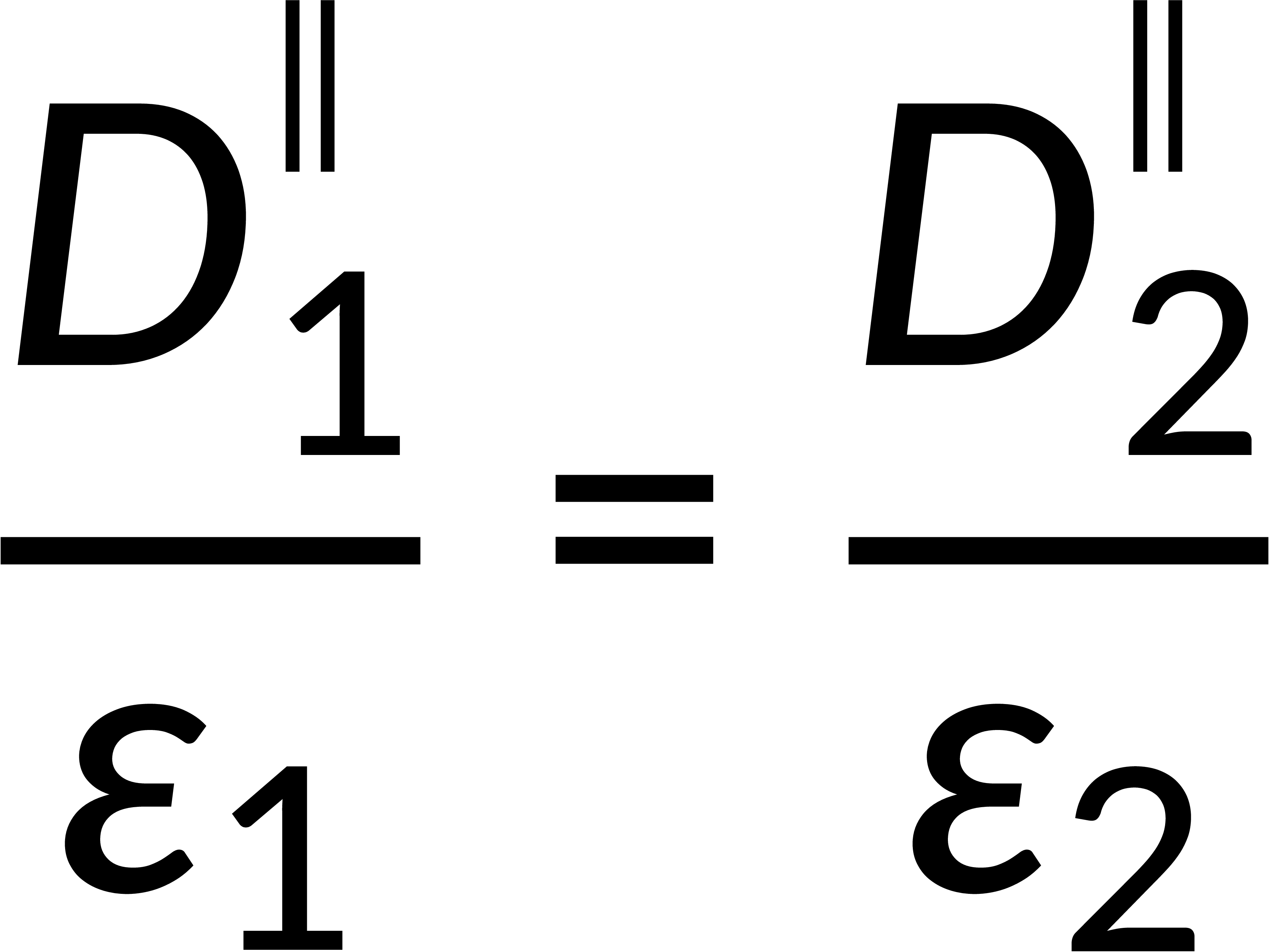25.12:
Electrostatic Boundary Conditions in Dielectrics
The electrostatic boundary condition gives the discontinuity of an electric field at a surface boundary. Consider the case where both the media across the boundary are dielectric materials.
Rewriting the electric field in terms of electric displacement shows that its tangential component is discontinuous across the interface.
For the normal component, consider a Gaussian pillbox on the interface. Rewriting Gauss's law in terms of electric displacement, the change in normal components at the interface gives the surface free charge density.
If no free charges exist at the boundary, the normal components are continuous across the interface. However, the electric field for the same is discontinuous.
Consider a perfect conductor in place of one of the dielectrics. The electric field inside a perfect conductor is zero. Substituting this in the dielectric-dielectric boundary conditions gives the boundary conditions at a conductor-dielectric interface.
If the other dielectric is removed, the material's permittivity equals the permittivity of free space. This gives the boundary conditions at a conductor-free space interface.
25.12:
Electrostatic Boundary Conditions in Dielectrics
When an electric field passes from one homogeneous medium to another, crossing the boundary between the two mediums imparts a discontinuity in the electric field. This results in electrostatic boundary conditions that depend on the type of mediums the field propagates through.
Consider a case where both the mediums across a boundary are two different dielectric materials. Recall that the electric field and electric displacement are proportional and related through the material's permittivity. Substituting the electric field in the electrostatic boundary conditions with the electric displacement shows that the tangential component of the electric displacement is discontinuous across the interface. But for the same case, the electric field is continuous. Similarly, the normal component of the electric field is discontinuous across the interface. However, the normal component of the electric displacement is continuous if there are no free charges at the boundary.


Consider replacing one of the dielectric materials with a perfect conductor. Applying the electric field inside a perfect conductor as zero gives the boundary conditions for a conductor-dielectric interface. If the other dielectric is removed, the material's permittivity equals free space's permittivity, as the dielectric constant's value for free space is 1. Substituting this in the conductor-dielectric boundary conditions gives the boundary conditions for a conductor-free space interface.
Suggested Reading
- Matthew N. O. Sadiku (2018) Elements of Electromagnetics, Seventh Edition: Oxford University Press. Pp 198-203.
- David J. Griffiths (2013) Introduction to Electrodynamics, Fourth Edition: Pearson. Pp. 185.
